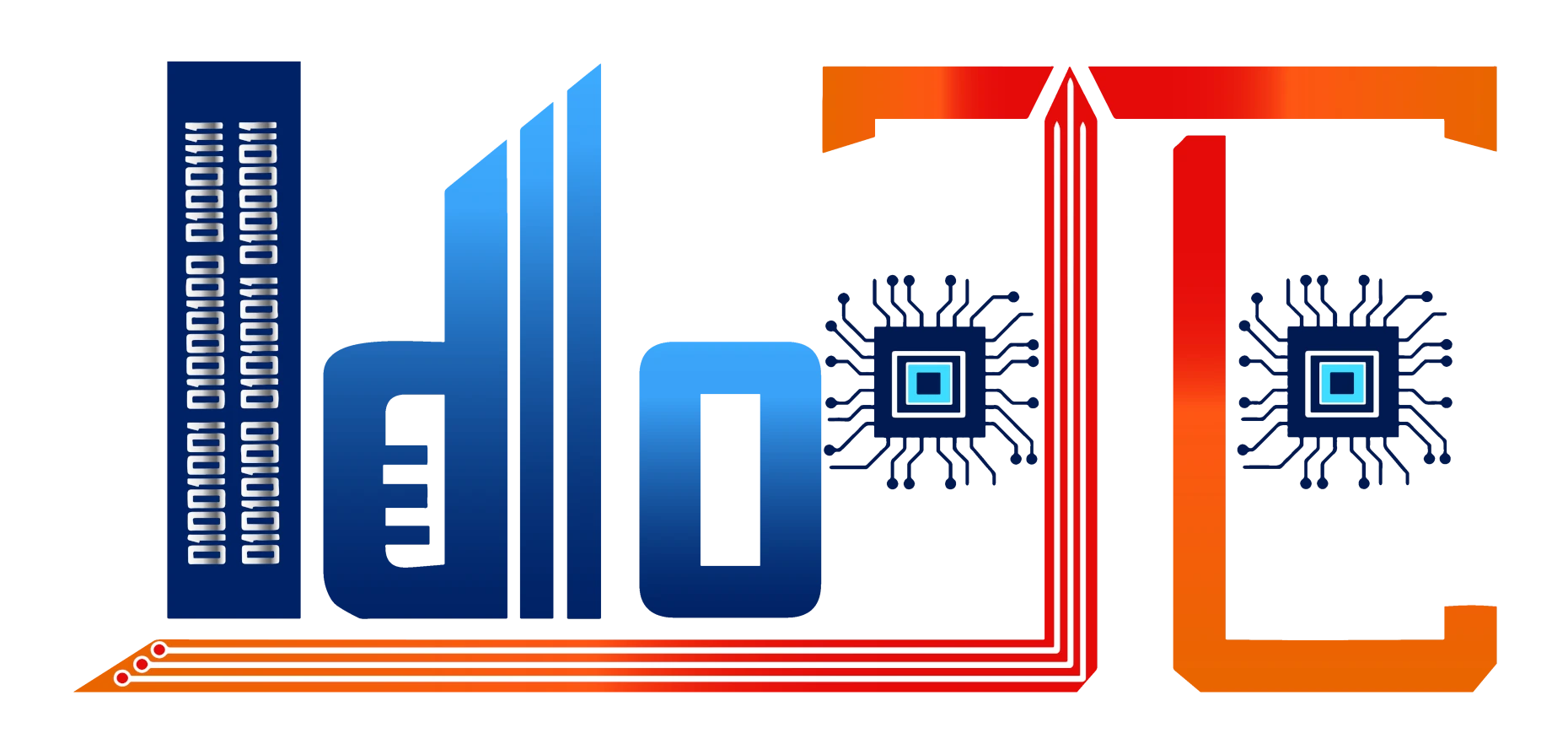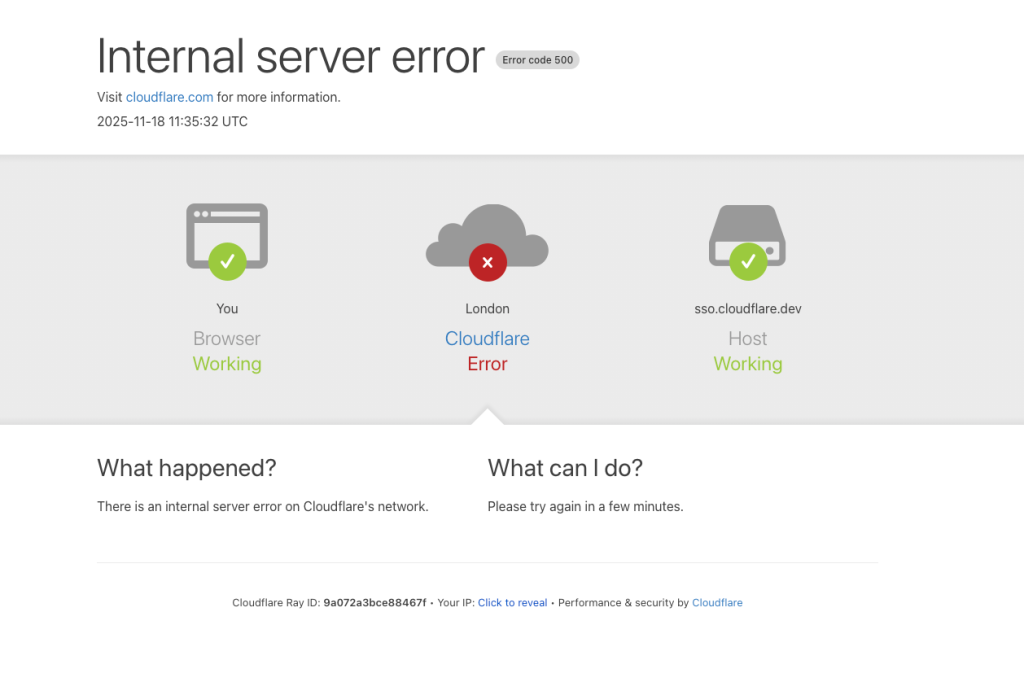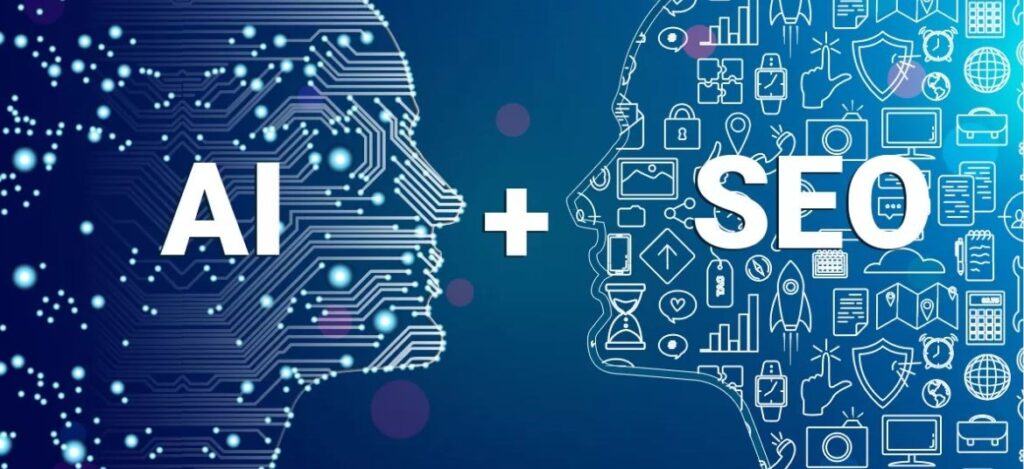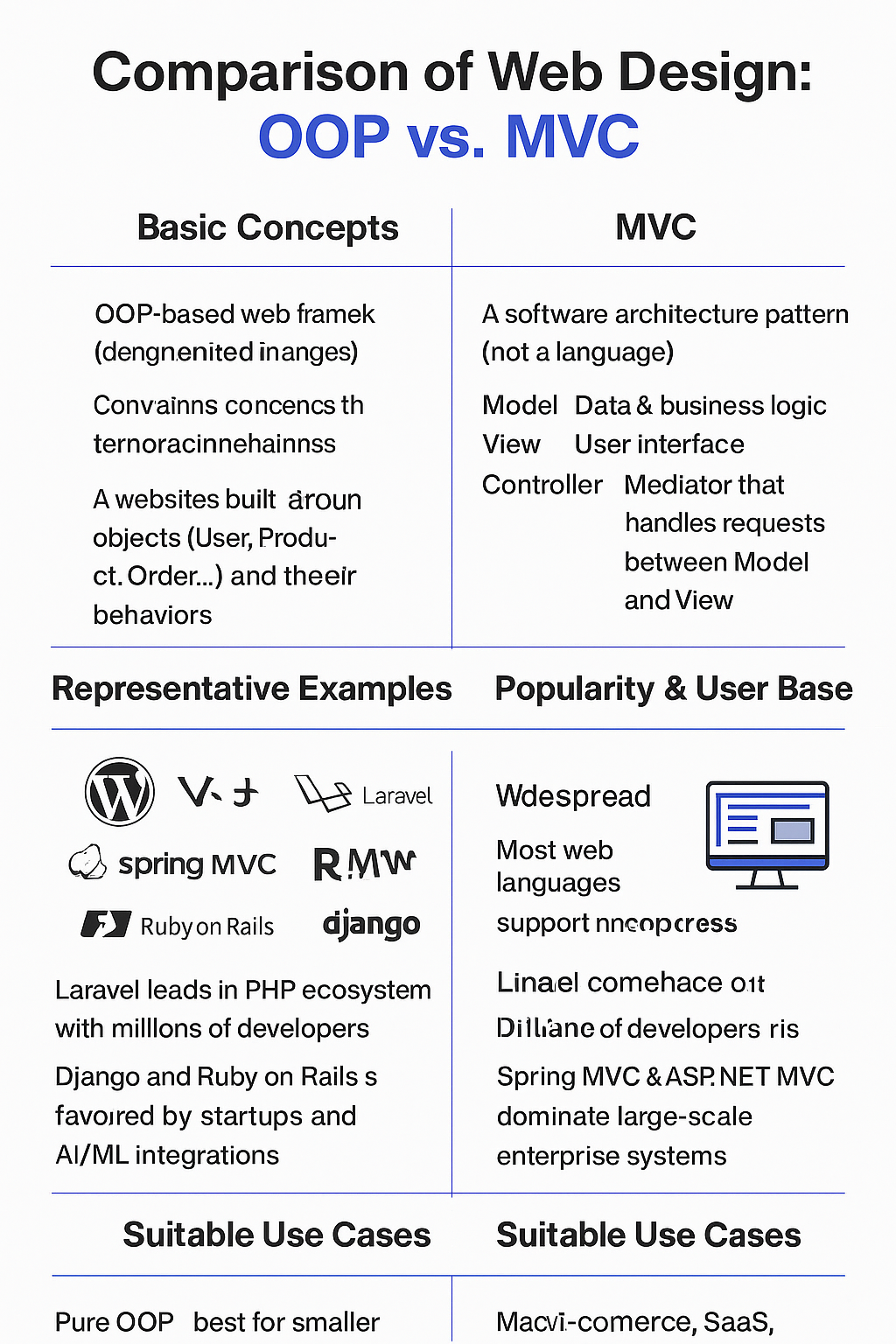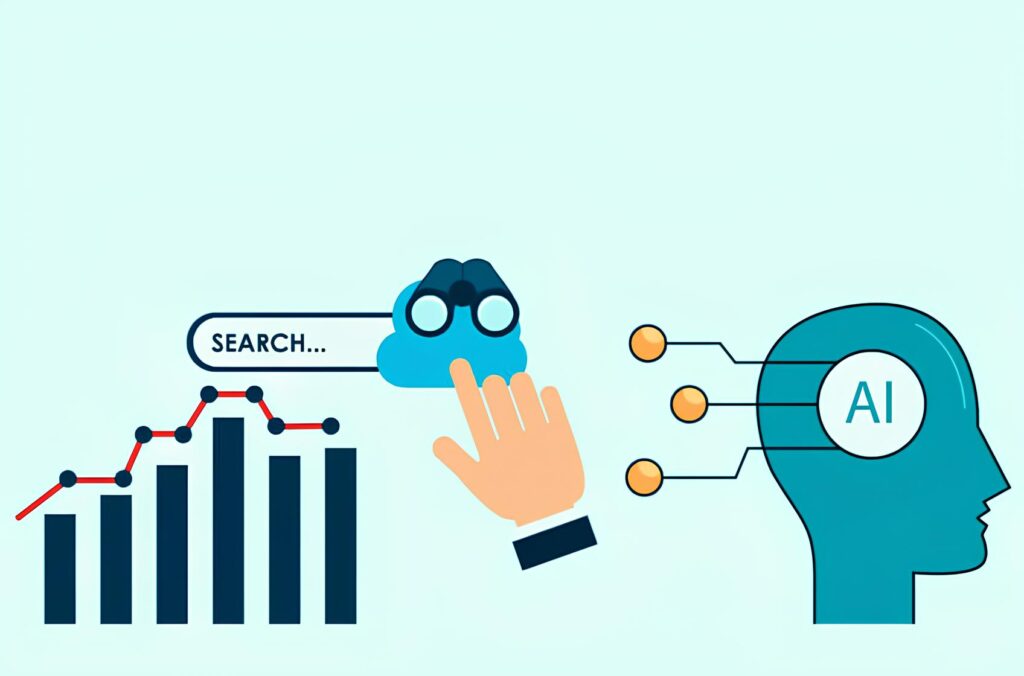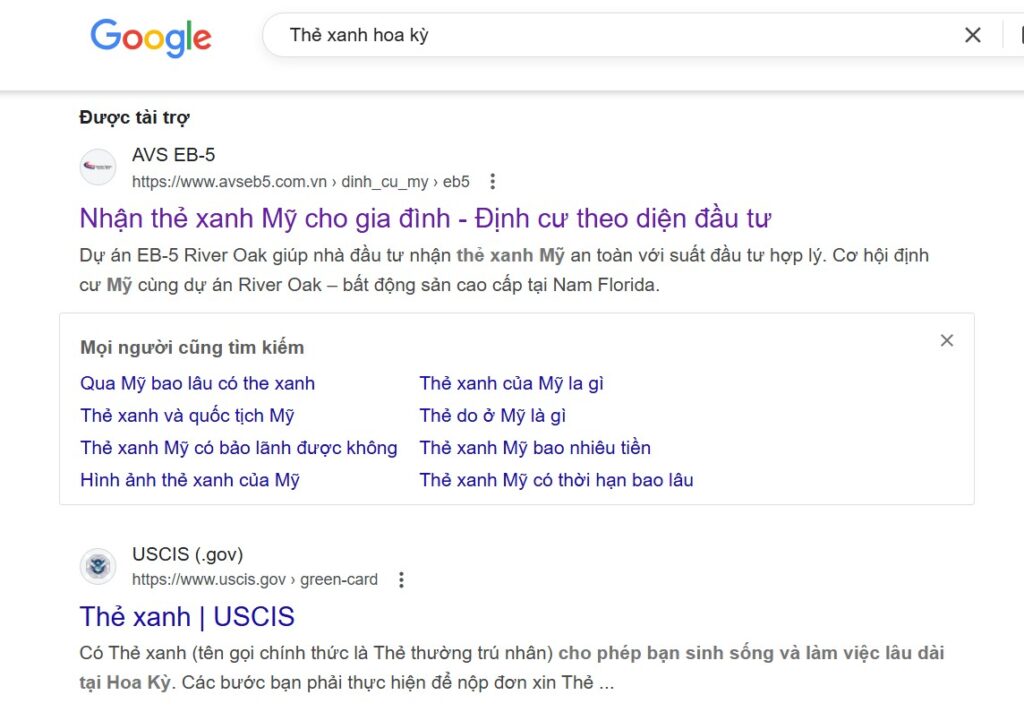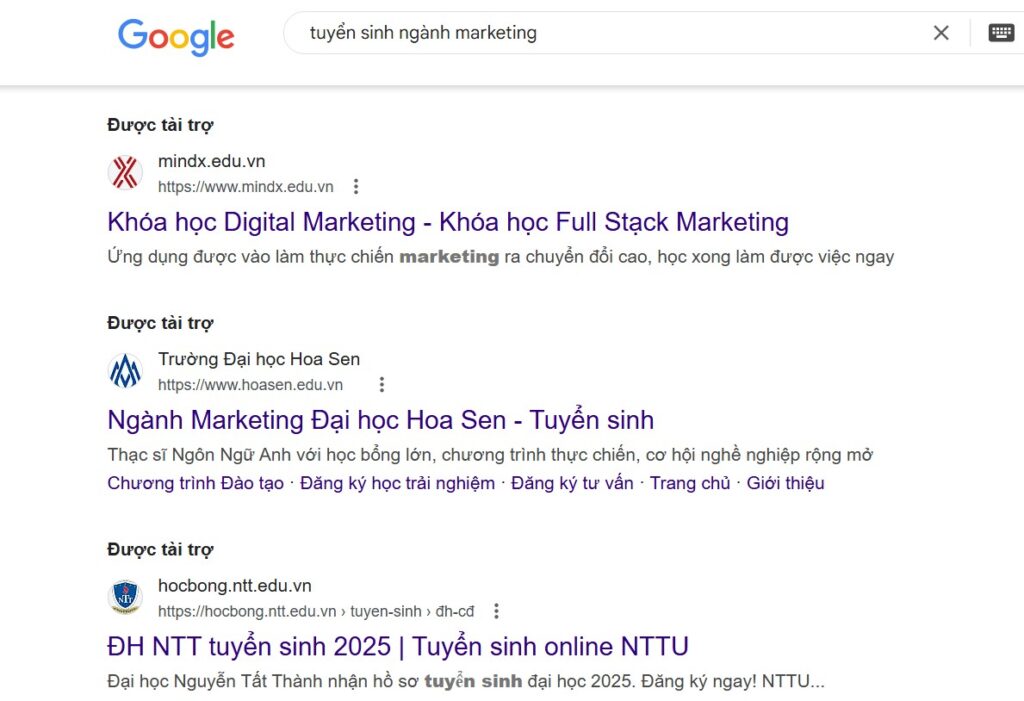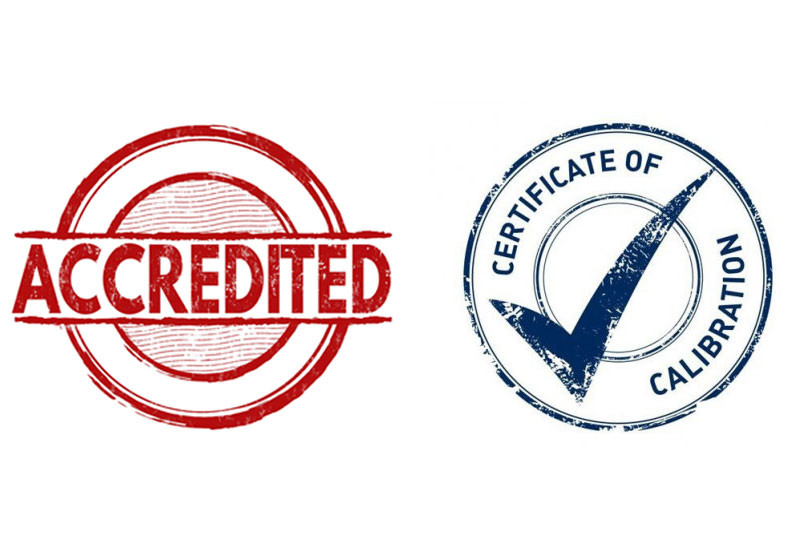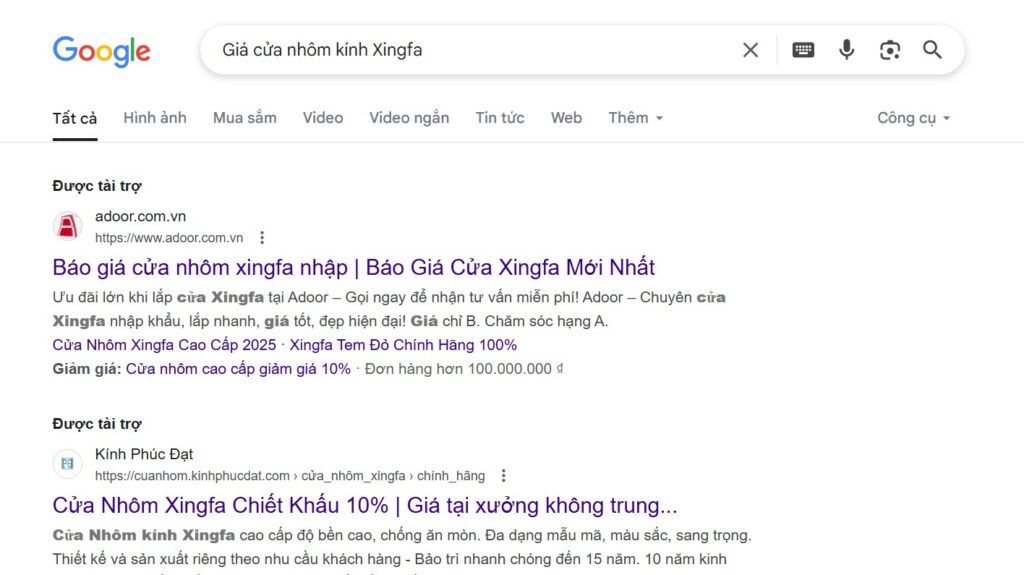Emerging Technologies and Web Design Trends in 2025
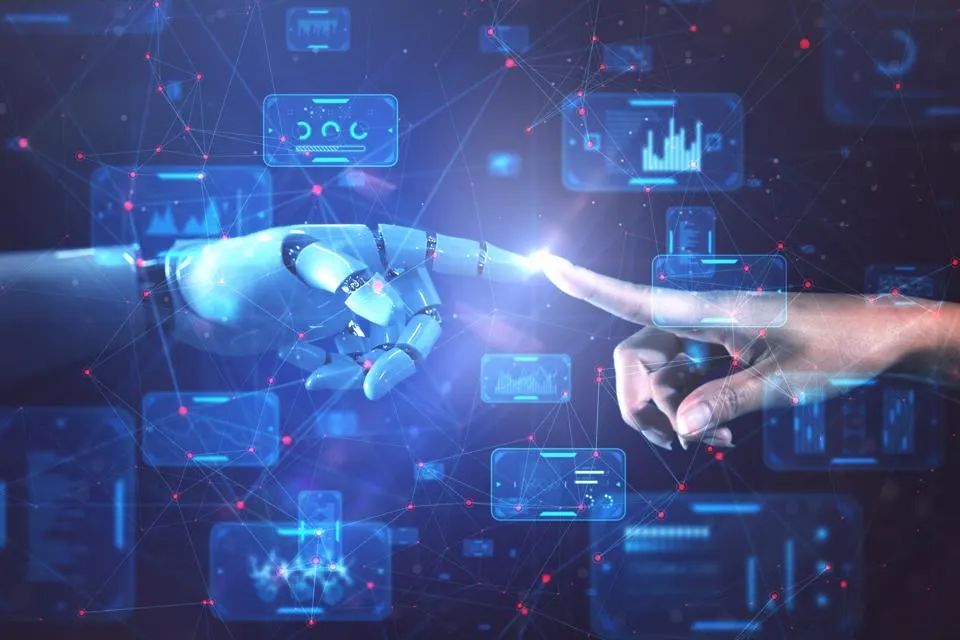
1. Progressive Web Apps (PWAs)
Pros: Fast loading, offline functionality, push notifications, and a native app-like experience. Businesses can save costs by using a shared codebase for web and mobile.
Cons: Limited advanced features compared to native apps; potential compatibility issues on certain platforms.
Future: Expected to continue gaining popularity and become the standard for a modern web experience.
2. AI-Driven Development & Design
Pros: Automates code writing, optimizes UX, personalizes content, and supports chatbots and data analysis. It boosts efficiency and reduces debugging time. It also helps designers with layout, color, and code suggestions through tools like Framer AI and Uizard.
Cons: May diminish human creativity and relies on the quality of data and algorithms.
Future: Many experts consider this a key trend. Google also emphasizes an “agent-first” web future, where AI agents interact with the web on behalf of users.
3. Voice User Interface (VUI) & Voice Search Optimization
Pros: Creates a hands-free experience, assists visually impaired users, and offers a more natural interaction.
Cons: Requires natural language processing (NLP) and a suitable infrastructure; can be difficult to implement effectively with complex content.
Future: Projected to become a standard in UX optimization and search query capabilities.
4. AR / VR / WebAR / Web3D / WebGPU
Pros: Creates immersive 3D experiences, virtual try-ons, and VR tours. This visually increases user engagement and time on the page. WebAR and Web3D allow for AR/3D display within the browser without the need for an additional app installation. WebGPU (soon to be a W3C standard) supports accelerated graphics processing, replacing WebGL for AI and machine learning on the web.
Cons: Requires high technical skills, robust browser performance, and can be resource-intensive.
Future: Gradually becoming a benchmark for modern web design, especially in e-commerce, tourism, education, and interactive experiences.
5. WebAssembly (Wasm)
Pros: Near-native performance, supports languages like C++ and Rust, and is suitable for complex applications like AR/VR.
Cons: Requires new skills and more complex tools compared to traditional JavaScript.
Future: A crucial platform for optimizing complex web applications, especially in conjunction with WebGPU and WebAR.
6. Serverless / Edge / Cloud Architecture
Pros: Eliminates the need to manage physical servers, offers auto-scaling, is cost-effective, and reduces latency while increasing resilience.
Cons: Dependency on service providers; difficulty in determining resource usage when needed; requires careful design to avoid unexpected costs.
Future: Widely adopted, especially for flexible and scalable systems.
7. Headless CMS & API-First & GraphQL
Pros: Separates content from its presentation, making it easy to integrate across multiple platforms (web, mobile, IoT). GraphQL enables flexible and efficient data retrieval.
Cons: Requires a more complex architecture, needs robust security and API management, and can increase initial costs.
Future: A clear trend in modern website development to meet multi-channel connectivity needs.
8. Motion UI, Micro-interactions, Minimalism
Pros: Increases user engagement, improves usability, guides the user, and enhances the experience without making pages heavy.
Cons: Overuse can cause slowness and distract users.
Future: Popular in modern design, particularly for professional UX/UI.
9. Sustainable / Green Web Design
Pros: Reduces server and device energy consumption, optimizes for lightweight code, and attracts environmentally conscious users.
Cons: Requires a balance between smooth UX and minimalist design. It also requires an initial investment of effort.
Future: A growing trend—”green” web is valued for both its ethical and performance benefits.
10. Mobile-First & Adaptive / Responsive Design
Pros: Optimizes the experience for mobile devices (which account for the majority of web traffic), provides better SEO, and is more user-friendly.
Cons: Requires careful design and sometimes separate versions, which can increase development costs.
Future: A foundational and indispensable technique in modern web development.
Quick Summary
| Technology | Key Pros | Key Cons | Future According to Experts |
| PWA | Fast, offline, app-like | Feature limitations | Very popular, the future standard |
| AI-Driven Design/Dev | Automation, personalization, design assistance | May limit creativity, needs good data | Major trend, “agent-first” orientation |
| VUI / Voice Search | Hands-free, user-friendly, boosts access | Needs good NLP, hard to fully implement | Future access standard |
| AR/VR/WebAR/Web3D/WebGPU | Immersive, interactive experience | Complex, resource-intensive | Growing in e-commerce, education, UX |
| WebAssembly (Wasm) | High performance, multi-language support | Technical complexity | Key for high-performance apps |
| Serverless/Edge/Cloud | Auto-scaling, cost-saving, low latency | Vendor dependency | Widespread, modern infrastructure |
| Headless CMS/GraphQL/API-First | Content flexibility, multi-platform | Complex architecture | Modern content design trend |
| Motion UI/Micro-interactions | Boosts interaction, engaging UX | Overuse can be distracting | Trend for beautiful, user-guiding design |
| Sustainable Web Design | Eco-friendly, performance-optimized | Needs balance between UX and resource saving | Increasingly valued and necessary |
| Mobile-First/Adaptive Design | Mobile adaptation, good SEO and UX | Can increase design costs | Indispensable, the modern standard |
Xuất sang Trang tính
Conclusion
Experts agree that AI-driven design, Progressive Web Apps, AR/VR immersive experiences, and voice user interfaces are the core technologies that will shape the future of the web. Technologies like WebAssembly, Serverless, and Headless CMS will serve as the infrastructure to support these trends. Simultaneously, green design, motion UI, and adaptive/mobile-first design remain the foundational elements for sustainable and user-friendly web design.
